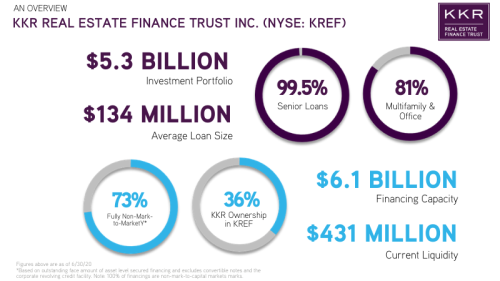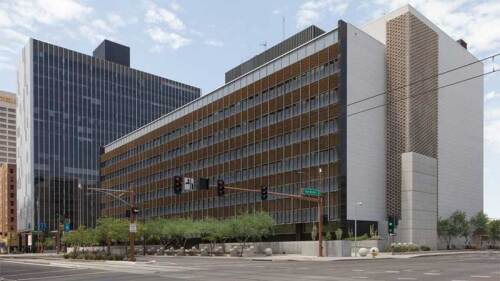<b>Equitable Development</b>
Government policies of racial segregation and redlining have had generations-long effects on the health and well-being of urban inhabitants, attendees heard at the ULI Virtual Fall Meeting panel titled “Deconstructing Segregation: Understanding Local History as a Basis for Equitable Development.” Action will be required if we wish to change those outcomes now.
Housing Industry Finds Unexpected Strength in Certain Products in the Face of COVID-19 and Recession
Despite COVID-19 and the recession, the housing industry is seeing unexpected resilience in certain segments of the market, speakers said at the Housing Trends and Outlook session at the ULI Virtual Fall Meeting.
The ULI Center for Capital Markets and Real Estate’s latest semiannual consensus forecast of real estate and economic indicators anticipates a 5 percent decline in real gross domestic product (GDP) for this year, with increases of 3.6 percent and 3.2 percent in 2021 and 2022, respectively. The semiannual survey based on the median of the forecasts from 43 economists and analysts at 37 leading real estate organizations completed in late September through early October, also anticipates this year’s unemployment rate to be 8 percent, declining to 6.6 percent in 2021 and 5.5 percent the following year.
A recent ULI Los Angeles virtual event titled “Housing Now: Shelter, Zoning, and Beyond,” brought together land use experts from the private and public sectors to discuss the housing affordability issue in Southern California, which parallels that in many large cities in the United States.
SPONSORED POST:Commercial real estate finance participants navigated an unprecedented market environment in the early months of COVID-19, with many traditional lenders and capital markets players temporarily sidelined. As we near the end of a tumultuous year, many observers are beginning to see signs of cautious optimism. KKR’s head of Real Estate Credit answers a few questions about how this time is (or is not) different and his outlook on the road ahead.
Anthony “Tony” Williams, who served as the mayor of Washington, D.C., from 1999 to 2007, has been awarded the 2020 ULI Prize for Visionaries in Urban Development.
As urban spaces grapple with a global pandemic, designers should embrace the notion that safe places need not be clinical spaces, said urban strategist Barrie Barton during a keynote speech in early September at the ULI Asia Pacific REImagine conference, highlighting a hospital and an office tower in the region with nontraditional design touches.
A ULI member from the San Francisco Bay area weighs the pros and cons of converting the HVAC system of a 1960s-era office building.
Two new ULI reports provide possibilities for expanding and enhancing parks through collaborative partnerships and the transformation of spaces for cars into places for people. The COVID-19 pandemic has underscored the importance of community outdoor spaces. Parks, trails, streets closed to automobiles, and public plazas have been some of the only places that have allowed people to maintain physical distance while still being able to exercise, relax, play, gather in small groups, or make short trips safely—crucial activities for lowering stress levels, reducing symptoms of depression, and maintaining physical health.
As is common in the infrastructure and regulatory world, economic analysis is increasingly being used in the real estate industry to provide quantifiable insights into the long-term outcomes of design and investment strategies related to owner, occupant, and community impacts. Companies are using evidence-based research to understand how changes in the workplace can have a direct impact on both employee well-being and bottom-line financials.





